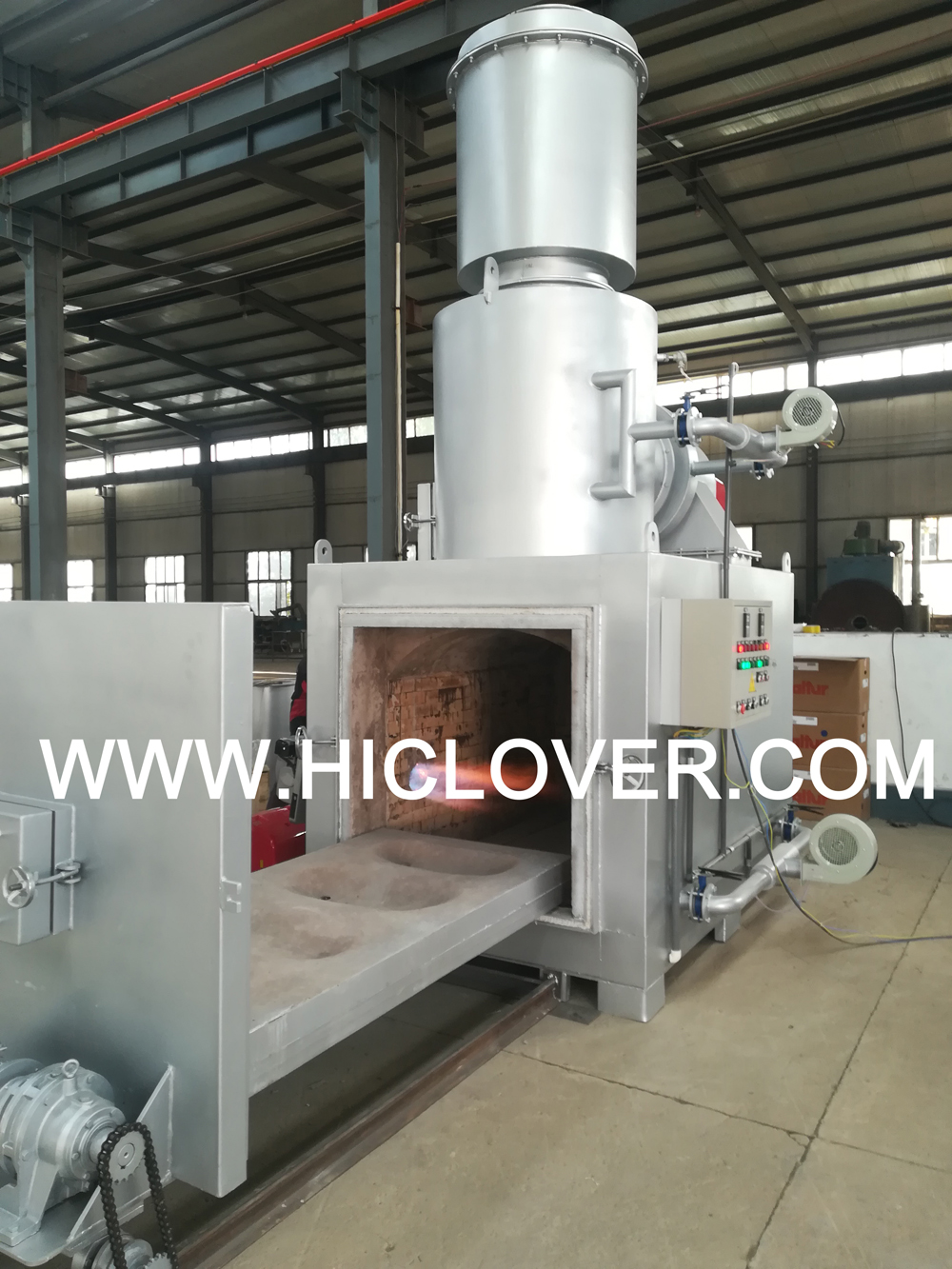Incineration has become an increasingly popular method for disposing of various types of waste, including chlorinated waste. However, the use of incineration as a disposal method for chlorinated waste has sparked controversy and debate among environmentalists, scientists, and the general public.
Chlorinated waste, which includes materials such as plastics, solvents, and pesticides, is often hazardous and can pose serious risks to human health and the environment if not properly disposed of. Incineration is considered by some to be an effective method for destroying chlorinated waste, as it can efficiently break down hazardous chemicals and reduce the volume of waste to be disposed of in landfills.
Proponents of incineration argue that modern incinerators are equipped with advanced pollution control technologies, such as scrubbers and electrostatic precipitators, which help to minimize the release of harmful pollutants into the atmosphere. They also highlight the fact that incineration can generate energy in the form of electricity or heat, making it a more sustainable and cost-effective method of waste disposal.
However, opponents of incineration as a disposal method for chlorinated waste raise several valid concerns. One of the primary concerns is the potential release of dioxins and other toxic byproducts during the incineration process. Dioxins are highly toxic substances that can persist in the environment and have been linked to a range of adverse health effects, including cancer, reproductive and developmental problems, and immune system damage.
Additionally, there is concern that incineration may not properly address the issue of chlorinated waste, as it simply transforms the waste into ash and other residues that still require proper disposal. Furthermore, the transport of chlorinated waste to incinerators can present its own set of risks, such as accidental spills or releases during transit.
Another aspect of the controversy surrounding incineration is the potential for environmental justice issues. Incinerators are often located in lower-income communities or communities of color, raising concerns about unequal exposure to the pollution and health risks associated with the facilities.
In response to these concerns, some environmental advocates and experts argue for the implementation of more sustainable and environmentally friendly alternatives to incineration for chlorinated waste disposal. These alternatives include promoting waste reduction and recycling, investing in cleaner technologies for waste treatment, and implementing stricter regulations and oversight to ensure the safe handling of chlorinated waste.
Given the complex and contentious nature of the issue, it is clear that the controversy surrounding the use of incineration as a disposal method for chlorinated waste is far from resolved. As the demand for safe and sustainable waste disposal methods continues to grow, it is crucial for stakeholders to engage in open and transparent discussions about the potential risks and benefits of various disposal methods, with the ultimate goal of protecting human health and the environment.



